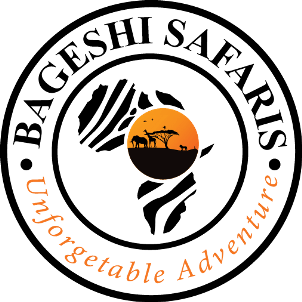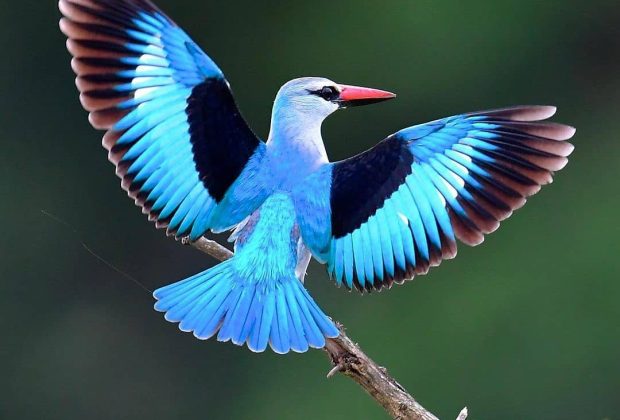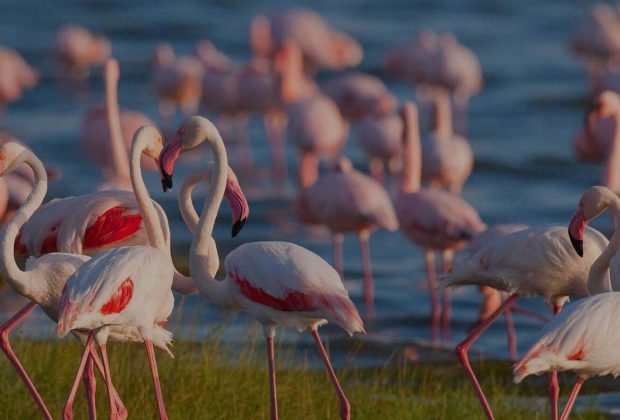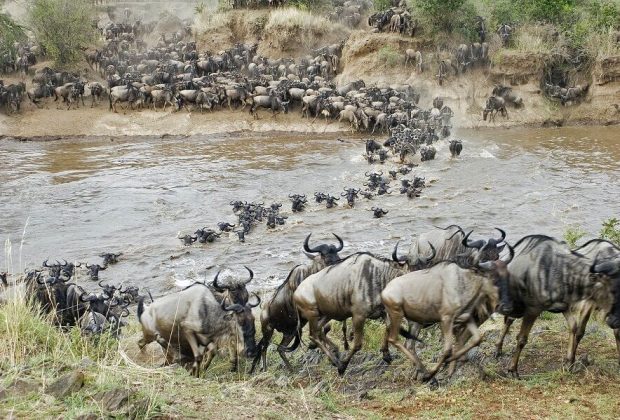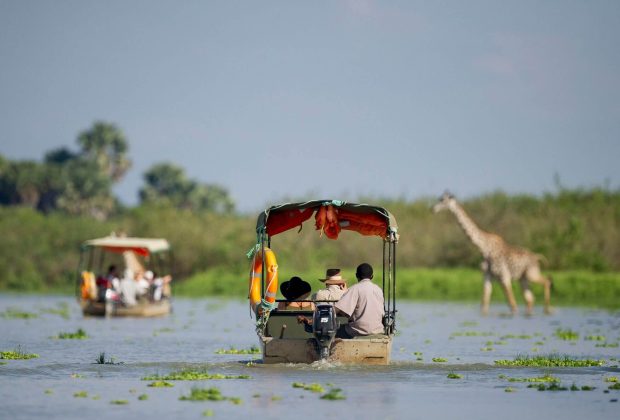Day 1: Nairobi International Airport
On arrival at Nairobi Airport you will be met by a representative from BigLifeSafaris and transferred to your hotel in Nairobi. Dinner and overnight at the Nairobi Serena .. All rooms look either onto the gardens or the pool
Day 2: Nairobi City
The day is at your leisure with an overnight at the Nairobi Serena on a bed and breakfast basis.
Day 3: Lake Nakuru National Park
This morning you will be met at your hotel by our BigLife Safaris Guide
and transferred by road to Lake Nakuru National Park for birding and wildlife viewing. In Nakuru you will look out for the commoner bird species to include Rock Thrush, Lesser and Greater Flamingoes, Rupell’s long tailed starling, Green wood hoopoes, African Fish Eagle, Tawny Eagles, and many other winter and intra African Migrants will have arrived then. The Mammal list will as well be long.
The White Rhino is protected from poachers here and the only site on your itinerary for the Rothschild’s Giraffe will be at Lake Nakuru Park. After the first excitement in the park you will have a picnic lunch at the Cliff picnic site where you will share it with Black kites Cliff chats and Rock hyraxes before driving further north into Lake Baringo. The rest of the evening is at your leisure with an overnight at Lake Baringo Country Club. Lake Baringo is a fabulous place to simply chill out. As with Lake Naivasha, the 170km² lake is fresh water and it has a charming campsite and luxury lodge on its shores.
Its main attraction is the fabulous bird life, which abounds here and attracts enthusiasts from all over the world. The demand is such that the lodge, Lake Baringo Country Club, has a resident ornithologist who conducts bird walks and evening slide shows. The lodge and campsite have lots of trees which ring with bird songs.
Day 4: Lake Baringo
The day will be spent bird watching with an overnight at Lake Baringo Country Club.
Day 5: Lake Baringo
Today you will add up your list with yet more exciting bird species with one of the local guides to include: Little Weaver and D’Arnaud’s Barbet, you should encounter Slender-tailed Nightjar, Heuglin’s Courser, Spotted Thick-knee, Northern Masked, Little, Jackson’s and Vitelline Masked Weavers, Bristle-crowned Starling, Hemprich’s and Jackson’s Hornbills, Mouse-colored Penduline Tit, Brown-tailed Rock Chat, Verreaux’s Eagle Owl, White-faced Scops Owl, the beautiful Sunbird and much more.
After a late breakfast you will head to the Kakamega Forest. On the way you can expect further birding at the spectacular Kerio Valley where you may see the Little Bee Eater and Fan Tailed Raven. Overnight at Rondo Retreat. Rondo Retreat’s accommodation consists of luxury wooden cottages/chalets in the heart of Kakamega Forest and is the most top class accommodation facility in Kakamega Forest.
Day 6: Kakamega Forest
Early morning birding in the Kakamega forest with the resident bird guide, where upon birding will depend on how good the weather will be this morning but usually you should be able to find a wide range of western Kenyan specialties.
Bird life in Kakamega Forest is incredible, to include the Great Blue and Black-billed Turacos, Grey Parrot ( the forest has about 18 pairs of grey Parrots-the only remaining population inn Kenya, Yellow-billed, Grey-throated, Yellow-spotted and Hairy-breasted Barbets, several Woodpeckers, Scaly-throated and Thick-billed Honey guides, Turner’s Eremomela, Banded and White-chinned Prinias, Blue and Dusky Crested Flycatchers, Chapin’s Flycatcher, several Greenbuls and Illadopsises, Yellow bill and Bar-tailed Trogons.
After the first half of the morning you will return at Rondo Retreat
for lunch after which you will be transferred to Lake Victoria in Kisumu arriving in the late afternoon.
If time permits you will do birding around the swamps in Kisumu where you can expect to spot a number of lake Victoria specialties in the surrounding swamps at the Hippo point which include; Wing-snapping Cisticola, Black-headed and Papyrus Gonoleks, Caruthers’s Cisticola, Swamp Flycatcher, Papyrus and Yellow-fronted Canaries, Black-billed Barbet, White-browed and Blue-headed Coucal, Greater Swamp Warbler and many more depending on luck. Overnight at the Imperial Hotel Kisumu.
The Imperial Hotel Kisumu is a 4 star Hotel in the middle of Kisumu Town and is the most top class tourist hotel in Kisumu Town.
Day 7: Lake Victoria – Masai Mara Game Reserve
After breakfast you will have the option to bird the swamps around Lake Victoria again for species you might have missed out the last evening. You will then drive to the world famous Masai Mara Game Reserve, birding the plains en route to the lodge where species such as the Common Stone Chat, Usambiro Barbet, Yellow throated Long Claw, White Bellied Bustards… may be spotted. Overnight at the Serena Lodge.
Set in the heart of Africa’s Great Plains, the Masai Mara boasts 1,672 square kilometers of unspoilt wilderness. It is home to the highest concentration of animals and birds anywhere on the continent. Throughout the year the Mara is a place of natural drama, a kaleidoscope of color and life. The famed “Big Five” – Elephant, Rhino, Lion, Buffalo and Leopard – roam the reserve, together with hundreds of others from the fastest animal on earth, the Cheetah, to one of the most secretive, the Bat-eared Fox.
After the rains, when the first flush of grass turns the Mara’s golden savannah green, the mesmerizing wildlife spectacle anywhere takes place here: the Great Migration. This is the time when 1.5 million Wildebeest, accompanied by vast numbers of Zebra and Gazelles make the long and dangerous trek from drier lands in Tanzania, northwards to this corner of Kenya.
For most of the century the Mara has drawn those searching for adventure and the thrill is still the same today with days spent face to face with nature at its most untouched and enthralling. The Mara Serena Lodge is built high up on a ridge overlooking the Mara River and offers one of the most spectacular views of all the Masai Mara Lodges. Inspired architecturally by Masai huts, the lodge has a pool, its own airstrip and a hippo-viewing platform by the river.
Each of its own 76 bedrooms has its own bathroom and shower as well as a panoramic outlook, even from the pool one can enjoy uninterrupted views of the rolling savannah.
Day 8: Masai Mara Plains
The full day will be spent exploring the Mara Plains for birds and
mammals. Overnight at the Serena Lodge.
Day 9: Masai Mara – Serengeti National Park
Breakfast thereafter drive to Sirari boarder to proceed to Serengeti. Enroute you will have a number of birding and wildlife photographic opportunities on the plains. Dinner and overnight in the Serengeti
Day 10: Serengeti National Park
Early morning drive to the Serengeti, which is actually a continuation of the Masai Mara Eco System. You will be welcomed by the famous spectacular wildebeest migration where plenty of wildlife including Lions and other predators are seen taking advantage of the migrating prey.
Overnight at Ikoma Bush Tented Camp. The Serengeti National Park is arguably the best-known wildlife sanctuary in the world. “Serengeti” means “endless plains” in the Masai language, and within its boundaries are more than three million large mammals. About 35 species of plains animals can be seen here including the so called “big five” – elephant, rhino, lion (more than 2,000 of them), Leopard and Buffalo. Most of the plains game congregates in Southern Serengeti, followed by their attendant predators. Some time in May or June the herds migrate North and West in search of water.
They remain in North Serengeti and the western corridor during the dry season, July-October, returning South again as the November rains approach. The Wildebeest calving takes place on the short grass plains during late December – early February. In their wake follow the predators; lion cheetah and hunting dogs with vultures circling overhead. Other common species found here include hippo, giraffe, eland, impala and other antelope types, baboons, monkeys and a profusion of almost 500 bird species.
Osinoni Tented Camp located in the Serengeti, is a permanent tented lodge each Tent is spacious enough to accommodate twin beds with attached private showers and toilets as well as a private balcony. Each tent is private and distanced to ensure maximum privacy from each. Dinner and overnight in the Camp
Day 11: Serengeti Plains
This morning you will have an optional pre breakfast opportunity to explore this park, breakfast then embark on a full day on the Serengeti Plains exploring the entire park and as well searching for the two Endemic birds on the plains which include the Grey Breasted Spur fowl and the Fisher’s Love bird. Looking out over the seemingly endless Serengeti plains,.
Day 12: Serengeti National Park – Ngorongoro
After an early game drive and all the wildebeest migration excitement, you will then drive out of the Serengeti plains into the famous Ngorongoro Crater. Overnight at the Ngorongoro Sopa Lodge. Listed by Unesco as a world heritage site, the incomparable Ngorongoro Crater is the world’s largest “caldera”.
A caldera is the broad, crater-like basin of a volcano formed by the collapse of the central cone. Dominated by cliffs standing some 600 meters high and presenting a sheer drop down to a wide open space of some 264 square km, the crater is one of the most amazing sights seen anywhere.
The Crater is home to 25,000 larger mammals, almost half of them zebra and wildebeest. There are also gazelle, buffalo, eland, hartebeest and wart hog. Such vast numbers attract predators a plenty, mainly lion and hyena but also cheetah and leopard.
More than 100 species of birds not found in the Serengeti have been spotted here. Countless flamingos form a pink blanket over the soda lakes.Dinner and overnight at Karatu
Day 13: Ngorongoro Crater
The entire day will be spent on the Crater floor taking your closest wildlife pictures. Overnight at Karatu
Day 14: Ngorongoro – Tarangire National Park
Morning proceed to Tarangire National Park for overnight at the Tarangire Tented Safari Lodge. Situated 84km from Karatu, Tarangire National Park boasts magnificent herds of wildlife. The park gets its name from the river that threads its way through the length of the reserve.
It is famous for its dense wildlife population. Thousands of animals – wildebeest, zebra, buffalo, and fringe-eared Oryx – migrate from the dry Masai Mara steppe to the Tarangire River looking for water. Lion and other predators follow the herds. The Tarangire Safari Lodge is located on a ridge with one of Tanzania’s most spectacular panoramic views.
The Lodge has 35 tents and bungalows with beds, electricity and en suite toilet and solar heated shower. After game-viewing guests can enjoy the refreshing swimming pool.
Day 15: Tarangire National Park
Enjoy a full day game drive in Tarangire national park.
Day 16: Tarangire – Arusha – Kilimanjaro Airport
Breakfast then transfer to Arusha for lunch. Late evening drop off at Kilimanjaro Airport
End of our service
